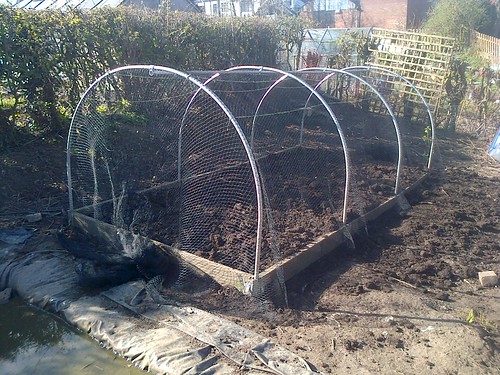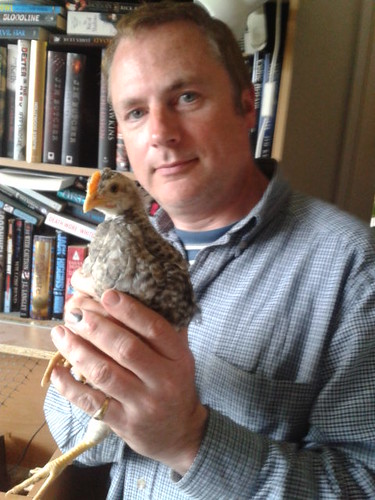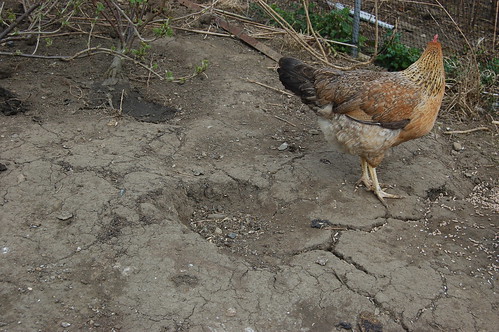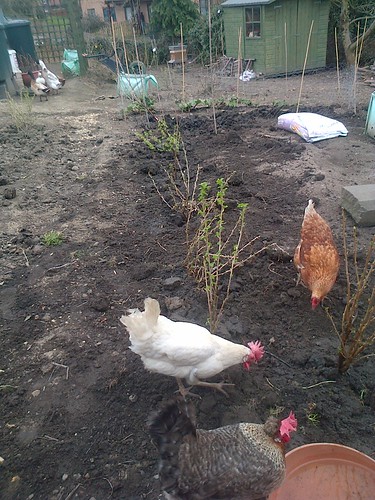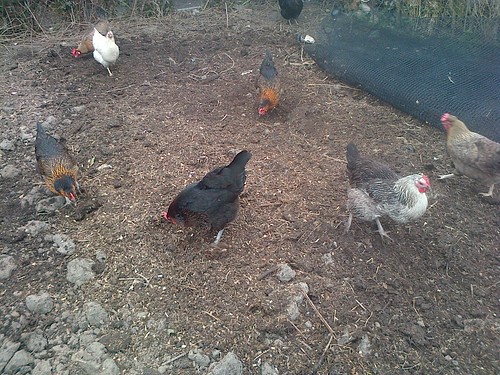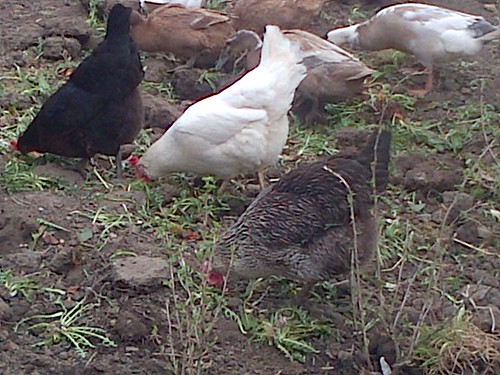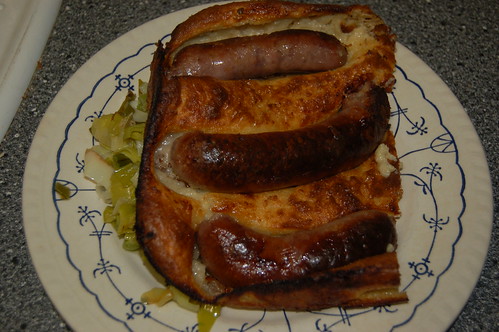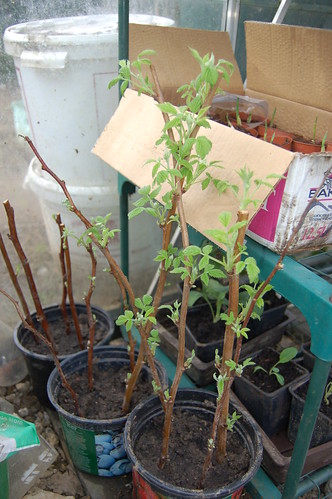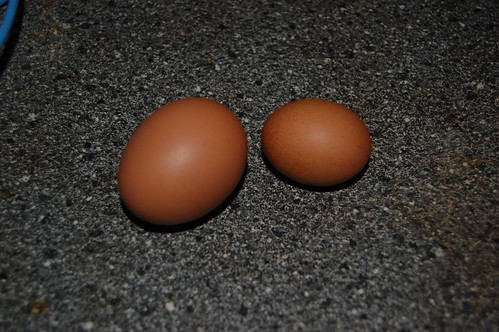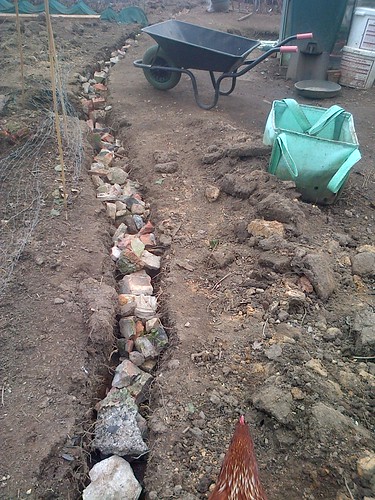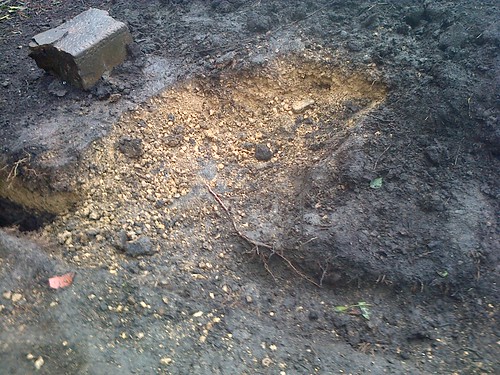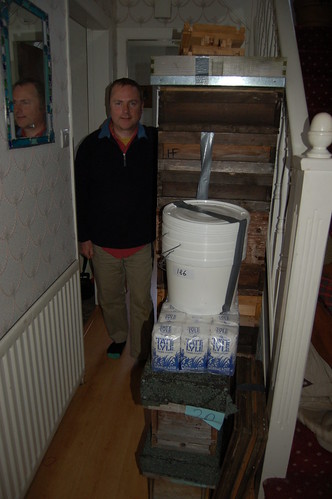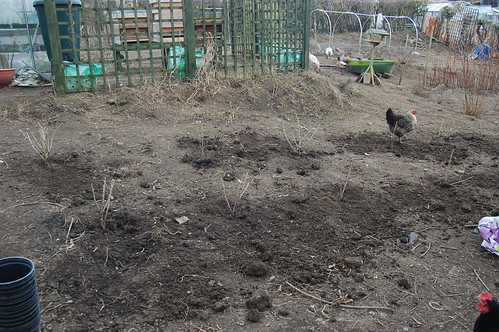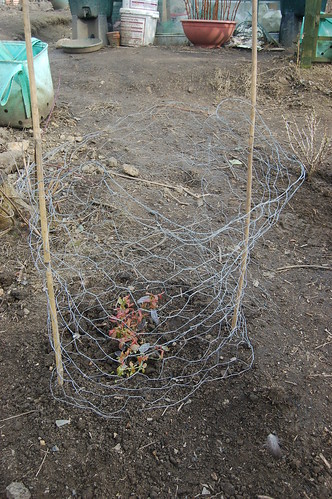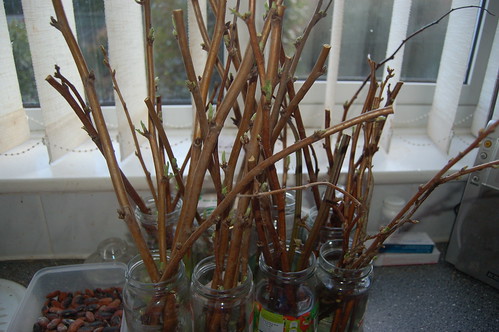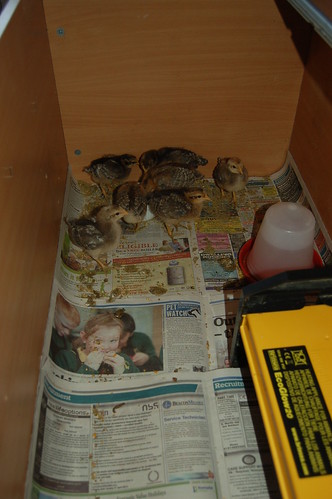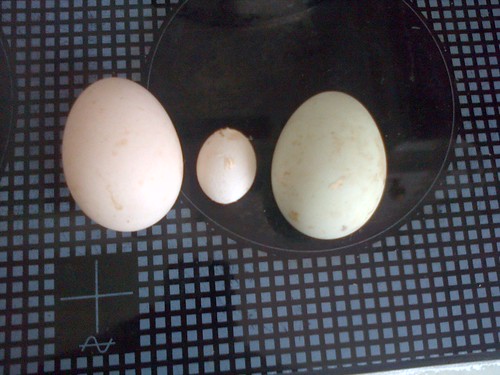
I have mentioned before that we need to dig some drainage channels on our allotment. The ground here has a thick, heavy clay layer and we are at the bottom of a gentle slope, next to the outflow of a culverted stream. This means that other allotments on the site drain into ours. In addition, we lost crops last year because of the intensive rain and waterlogged soil. Hopefully there will be no repeat of that level of rainfall but we are not relying on hope to ensure our crops grow. So we have started digging the drainage system.
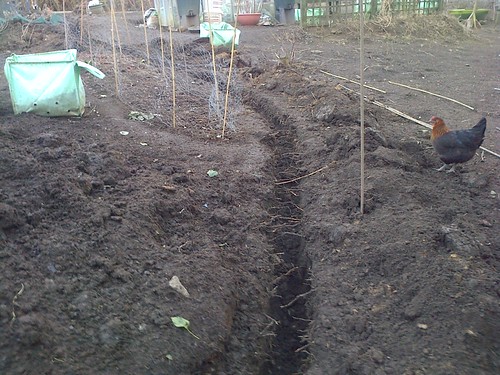
To create the first channel, I dug down through the top soil until I hit the clay. In most places this meant digging down only 30cm. A couple of places had deeper top soil. The channel was about 20cm wide and it now runs from the south side of the allotment to the north side where it will drain into the culvert. Into this channel will go a drainage pipe with notches cut into it through which the water from the ground will seep. Over the pipe will go stones, brick and rubble we can collect around the allotment site. Our original plan was to fill the channel with gravel we would buy from the local DIY centre but we decided that would be an unnecessary expense when there are plenty of stones and bricks littering the site which are begging to be put to good use. Once filled in, we'll put some paving stones on top to create a path.
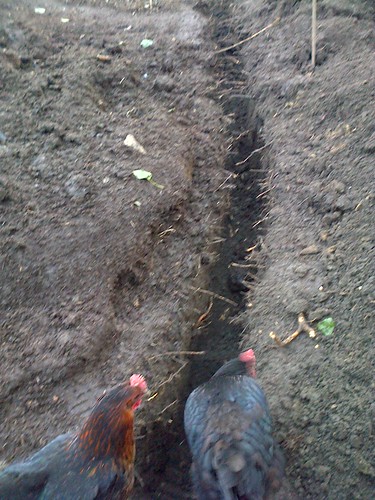
Two other channels will be dug. One will start under the duck house and go to the pond. This area is the wettest part of the allotment. The second will run from the other side of the pond to the far corner of the allotment where we will dig a second pond. This will be for the ducks to use and we will close off the first pond to them. The ducks wrecked that pond within a couple of weeks of getting them. It was meant to be a wildlife pond. It had been full of newts and frogs and we want them to return to the allotment as they are good for eating bugs, especially in the nearby polytunnel and greenhouse.
We won't finish this construction job until the end of April but work so far has progressed well. We will also dig a channel into the neighbouring allotment so they can drain their land, which also floods in part, into our drainage system.
